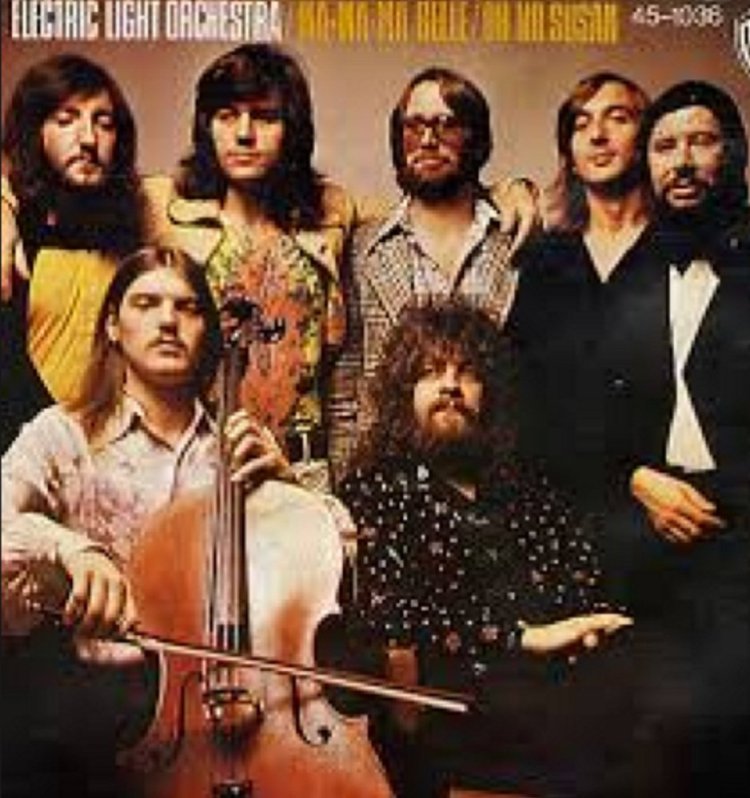EDITOR’S NOTE: This is the second of three columns written by chef and restaurateur Mike Wiley of Eventide Oyster Co., The Honey Paw and Hugo’s, all in Portland.
Apart from the satisfaction of a job well done, cigarettes (either smoking them, or quitting), and snacking, listening to music while we work is one of the greatest balms against a taxing workday life. I can attest to this personally as the part-owner and chef of three very busy restaurants in Portland.
At our restaurants – Eventide Oyster Co., The Honey Paw and Hugo’s – we’ve tried streaming services that curate playlists for our dining rooms, where all roads (yes, dear reader, all roads) eventually lead to The Smiths. We’ve turned to personal music libraries, which invite critique and invariably lead to bickering. And at The Honey Paw, we’ve got our own turntables and record collection. (Fun fact: we have more albums released by Ghost-faced Killah than any other artist.) The limitations of vinyl are wonderful and terrible, given that we can’t not play music and we must continue to play a finite amount of music, which leads, inevitably, to repetition. As one of our sous chefs once put it, “Oh, you like Sam Cooke? Well, we’ll see about that …”
At The Honey Paw and at Eventide, the cooks used to listen to whatever was playing in the dining room all day long, but with the advent of Bluetooth portable speaker technology, all bets are off. Individual cooks or prep teams can disrupt the soundtrack. Although Eventide might be playing Daft Punk, and The Honey Paw, Little Feat, as I walk from through one kitchen into another I might hear Dying Fetus, Belphegor or Isaiah Rashad, and if I head down to the bakery, Drake, Justin Beiber, etc. In kitchens, alliances are forged and battle lines drawn over musical tastes. It can be difficult to navigate the cacophony, and find common ground.
In fact, it happens only once a week.
Whether it’s streaming from Apple devices at Hugo’s and Eventide, blasting from tiny technicolor portables, or spinning from the turntables at The Honey Paw, without fail every Saturday at 4 p.m. – which may be the busiest, craziest, most frantic part of our entire week – we all listen to Jeff Lynne and his Electric Light Orchestra. Every Saturday since 2011.
At first, it was the troika: “Telephone Line,” “Mr. Blue Sky” and “Boy Blue.” But over time our repertoire has ballooned to seven or so ELO hits. My favorite part is not the thrum of power chords, nor the mingling violins and harmonized falsettos of Lynne and the boys. I love watching our staff, deep in the weeds – restaurantspeak for being way behind, with disaster looming – scrambling to clean the kitchen and survive the transition from prep to service, all the while singing along under their breath, “Blue days, black nights, doo wah, doo waaahaa.”
Clearly, the music is much more than filler. But strangely, it almost doesn’t matter what kind of music it is. Many of our employees, both past and present, loathe ELO with the white-hot intensity of a thousand flames. But because it’s been ritualized, because we’ve prepared for Saturday nights with ELO every week for five years now, we’re dependent on it. You should see what happens if the music app tosses ELO into the mix at Eventide on a Tuesday: The cooks go, bananas. There’s an all-out sprint to the music terminal to turn it off, fast, right this instant, thus protecting the sanctity of the Electric Light Orchestra.
I suppose it does, in the end, matter to me that ELO has become our restaurants’ collective anthem. With the band members’ perms, huge collars and chest hair, their aviator sunglasses, and also their certainty that America was ready for classical music and rock ‘n’ roll in one dazzling package, I think they’re a pretty good foil for us.
Also, “Do Ya!” rocks.
TEMPURA WITH PONZU SAUCE
What’s the connection between tempura and music? Both are always welcome, chef Mike Wiley joked. You can find rice and tapioca flours in Asian markets, like Sun Oriental Market and Veranda Asian Market in Portland.
Yield: About 2 cups batter
Tempura Batter
½ cup all-purpose flour
¼ cup rice flour
¼ cup tapioca flour
2 tablespoons cornstarch
1 teaspoon baking powder
1 teaspoon salt
Ice cold club soda
Vegetables, meat or fish chunks for dipping
Mix the dry ingredients together. Gently stir the club soda into the mixture to achieve a consistency like lumpy, loose pancake batter; start with 1/2 cup club soda. If the mixture jiggles instead of sloshing when shaken, add another 1/4 cup.
Refrigerate the mixture while you gather the vegetables, mushrooms, meat, or fish you intend to dip into the batter.
Ponzu Sauce:
Wiley measures the sauce by ratio, rather than exact cups and teaspoon measurements.
1 part sugar
1 part water
2½ parts light soy sauce
2½ parts lemon juice
Bring sugar, water and soy sauce to a simmer and cook for a few minutes until the sugar has dissolved. Cool, then stir in the lemon juice.
To Fry:
“Purists may argue that the batter should be blonder,” Wiley says about the tempura-fried chunks, “but I like a bit more color.”
Pour canola oil to a depth of 4 inches into a small pot and heat it to 350 degrees F.
Dip whatever vegetables, meat or fish you’ve chosen into the tempura batter, then shake off the excess.
Gingerly slip the items into the oil – you want to keep the hot oil from splashing – and fry until it is golden brown and delicious. Don’t crowd the pot and if you need to fry in more than 1 batch, return the oil to 350 degrees F before adding the second batch. Drain the tempura briefly on paper towels, then serve with a small bowl of ponzu for dipping.
Send questions/comments to the editors.



Comments are no longer available on this story